Active RFID tags, equipped with their own power source, are designed to transmit signals over substantial distances. The inclusion of a battery allows these tags to operate over a range that can extend up to 100 meters, significantly more than their passive counterparts. This capability is particularly beneficial when items need to be identified quickly and from a distance, such as scanning multiple tags on a truckload of goods in mere seconds.
The operating range of active RFID tags is influenced by several factors, including transmit power, receive sensitivity, and antenna orientation. High transmit power, supported by the tag's battery, enables the tag to send signals over greater distances. Similarly, a tag with high receive sensitivity can detect weaker signals, which contributes to a longer operational range.
Frequency also plays a role in the effectiveness of RFID range extenders. Tags operating at higher frequencies, like UHF or microwave, typically have a greater range. However, environmental factors such as the presence of water or metal can impact signal strength and, consequently, the range. Active RFID tags can be engineered to mitigate these issues, such as those designed for attachment to metal surfaces, which use the metal to enhance signal reflection and range.
The sophistication of active RFID tags allows for advanced features like conditional transmissions and secure communication protocols. These features, powered by the tag's battery, contribute to the enhanced capabilities of RFID systems, including extended range and faster, more secure data transmission, making them a critical component in a variety of business applications.
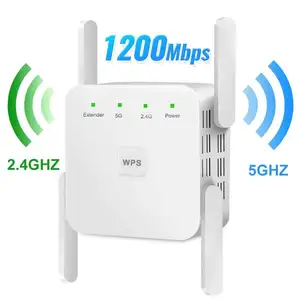
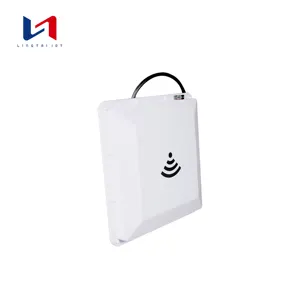







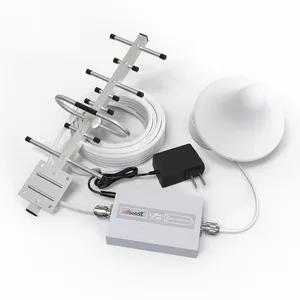

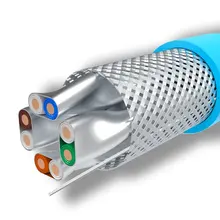
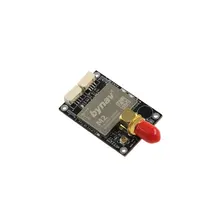

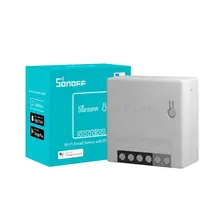



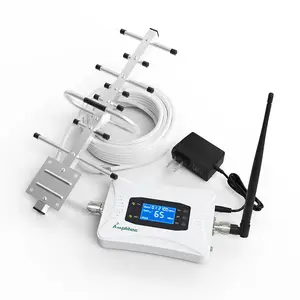


















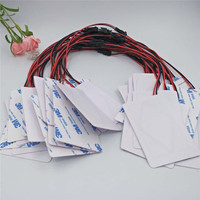








 浙公网安备 33010002000092号
浙公网安备 33010002000092号 浙B2-20120091-4
浙B2-20120091-4